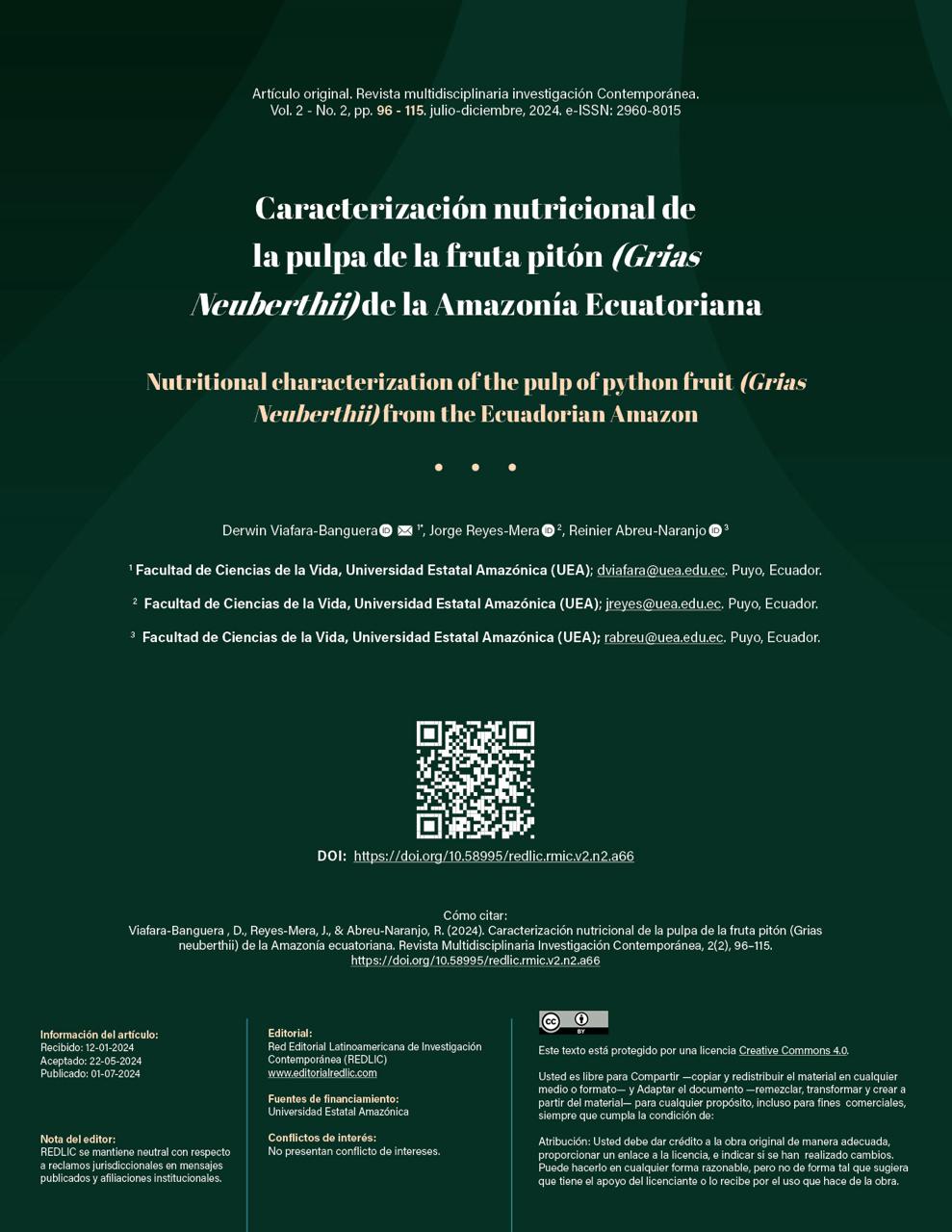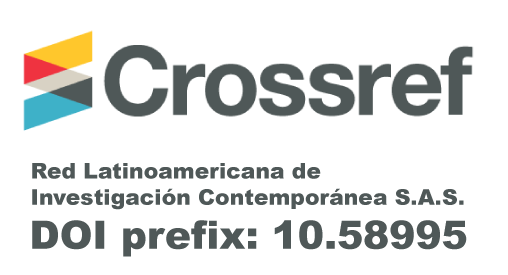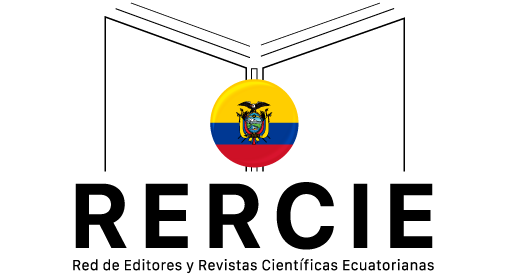Caracterización nutricional de la pulpa de la fruta pitón (Grias neuberthii) de la Amazonía ecuatoriana
Resumen
La región amazónica ecuatoriana, debido a su biodiversidad es una fuente importante de frutos nativos con propiedades aún poco conocidas. El objetivo de este estudio fue analizar la caracterización nutricional de la pulpa del fruto amazónico Grias neuberthii. El análisis aproximado se realizó según los Métodos de AOAC International. El análisis nutricional de la pulpa reveló altos niveles de nutrientes, incluidos lípidos (50,5%), fibra (29,8%) y proteínas (9,30%). Además, de un alto contenido de minerales totales (4.74%) en G. neuberthii, superior a los valores encontrados en otros frutos amazónicos como G. macarenensis y A. natalia, resalta su potencial como un recurso alimenticio enriquecido. La composición nutricional del fruto de G. neuberthii muestra su potencial nutricional que pudiera ser aprovechado en la industria de alimentos
Descargas
Referencias
- AOAC. (2005). Official Methods of Analysis of the Association of Official Analytical Chemists. AOAC International.
- ASTM-E1757-01. (2007). Standard Practice for Preparation of Biomass for Compositional Analysis. https://doi.org/https://doi.org/10.1520/e1757-01r15 DOI: https://doi.org/10.1520/E1757-01R15
- Capitani, M. I., Spotorno, V., Nolasco, S. M., & Tomás, M. C. (2012). Physicochemical and functional characterization of by-products from chia (Salvia hispanica L.) seeds of Argentina. LWT-Food Science and Technology, 45(1), 94-102. DOI: https://doi.org/10.1016/j.lwt.2011.07.012
- Guamán-Ortiz, L. M., Romero-Benavides, J. C., Suarez, A. I., Torres-Aguilar, S., Castillo-Veintimilla, P., Samaniego-Romero, J., Ortiz-Diaz, K., & Bailon-Moscoso, N. (2020). Cytotoxic Property of Grias neuberthii Extract on Human Colon Cancer Cells: A Crucial Role of Autophagy. Evidence-Based Complementary and Alternative Medicine, 2020, 1565306. https://doi.org/https://doi.org/10.1155/2020/1565306 DOI: https://doi.org/10.1155/2020/1565306
- Huo, R., Du, T., Xu, Y., Xu, W., Chen, X., Sun, K., & Yu, X. (2015). Effects of Mediterranean-style diet on glycemic control, weight loss and cardiovascular risk factors among type 2 diabetes individuals: a meta-analysis. European journal of clinical nutrition, 69(11), 1200-1208. DOI: https://doi.org/10.1038/ejcn.2014.243
- Kamel, B. S., & Kakuda, Y. (2007). Fatty acids in fruits and fruit products. Acids in Foods and Their Health Implications, 263-301. https://doi.org/https://doi.org/10.1201/9781420006902.ch11 DOI: https://doi.org/10.1201/9781420006902.ch11
- Mera, J. R., Abreu-Naranjo, R., Alvarez-Suarez, J., & Viafara, D. (2019). Chemical characterization, fatty acid profile and antioxidant activity of Gustavia macarenensis fruit mesocarp and its oil from the Amazonian region of Ecuador as an unconventional source of vegetable oil. Grasas y Aceites, 70(2), 298. https://doi.org/https://doi.org/10.3989/gya.0569181 DOI: https://doi.org/10.3989/gya.0569181
- Mihai, R. A., Melo Heras, E. J., Terán Maza, V. A., Espinoza Caiza, I. A., Pinto Valdiviezo, E. A., & Catana, R. D. (2023). The Panoramic View of Ecuadorian Soil Nutrients (Deficit/Toxicity) from Different Climatic Regions and Their Possible Influence on the Metabolism of Important Crops. Toxics, 11(2), 123. https://doi.org/https://doi.org/10.3390/toxics11020123 DOI: https://doi.org/10.3390/toxics11020123
- Montero, M. L., Rojas-Garbanzo, C., Usaga, J., & Pérez, A. M. (2022). Composición nutricional, contenido de compuestos bioactivos y capacidad antioxidante hidrofílica de frutas costarricenses seleccionadas. Agronomía Mesoamericana, 46175-46175. DOI: https://doi.org/10.15517/am.v33i2.46175
- Moreiras, O., Carbajal, A., Cabrera, L., & Cuadrado, C. (2013). Tablas de composición de alimentos (16.a Edición ed.). Ediciones Pirámide.
- Nascimento, A. L. A. A., Brandi, I. V., Durães, C. A. F., Lima, J. P. d., Soares, S. B., & Mesquita, B. M. A. d. C. (2020). Chemical characterization and antioxidant potential of native fruits of the Cerrado of Northern Minas Gerais. Brazilian Journal of Food Technology, 23. DOI: https://doi.org/10.1590/1981-6723.29619
- Rios, M., Koziol, M., Pedersen, H. B., & Granda, G. (2007). La colección etnobotánica del Herbario QCA/Ethnobotanical Collection of the Herbarium QCA. Plantas útiles del Ecuador: aplicaciones, retos y perspectivas/Useful plants of Ecuador: applications, challenges, and perspectives. Ediciones Abya-Yala. Quito, Ecuador. Pp, 113-640.
- Roumy, V., Garcia-Pizango, G., Gutierrez-Choquevilca, A. L., Ruiz, L., Jullian, V., Winterton, P., Fabre, N., Moulis, C., & Valentin, A. (2007). Amazonian plants from Peru used by Quechua and Mestizo to treat malaria with evaluation of their activity. Journal of Ethnopharmacology, 112(3), 482-489. https://doi.org/https://doi.org/10.1016/j.jep.2007.04.009 DOI: https://doi.org/10.1016/j.jep.2007.04.009
- Sousa, H., Leal, G., Damiani, C., Borges, S., Freitas, B., & Martins, G. (2021). Some wild fruits from amazon biodiversity: composition, bioactive compounds, and characteristics. Food Research, 5(5), 17-32. https://doi.org/https://doi.org/10.26656/fr.2017.5(5).687 DOI: https://doi.org/10.26656/fr.2017.5(5).687
- Vásquez-Ocmín, P., Cojean, S., Rengifo, E., Suyyagh-Albouz, S., Amasifuen Guerra, C. A., Pomel, S., Cabanillas, B., Mejía, K., Loiseau, P. M., Figadère, B., & Maciuk, A. (2018). Antiprotozoal activity of medicinal plants used by Iquitos-Nauta road communities in Loreto (Peru). Journal of Ethnopharmacology, 210, 372-385. https://doi.org/https://doi.org/10.1016/j.jep.2017.08.039 DOI: https://doi.org/10.1016/j.jep.2017.08.039
- Viafara, D., Abreu-Naranjo, R., Alvarez-Suarez, J. M., Reyes-Mera, J. J., & Barreno-Ayala, M. (2018). Chemical characterisation and antioxidant activity of Aphandra natalia mesocarp and its oil from the Amazon region of Ecuador [journal article]. Journal of Food Measurement and Characterization, 12(4), 2835-2843. https://doi.org/https://doi.org/10.1007/s11694-018-9898-x DOI: https://doi.org/10.1007/s11694-018-9898-x
- Yuyama, L. K., Aguiar, J. P., Yuyama, K., Clement, C. R., Macedo, S. H., Fávaro, D. I., Afonso, C., Vasconcellos, M. B., Pimentel, S. A., & Badolato, E. S. (2003). Chemical composition of the fruit mesocarp of three peach palm (Bactris gasipaes) populations grown in Central Amazonia, Brazil. International Journal of Food Sciences and Nutrition, 54(1), 49-56. DOI: https://doi.org/10.1080/096374803/000061994

Publicado 2024-07-01
Palabras clave
- Fruta Gría neuberthii,
- amazónica,
- alcalosis proximal,
- valor nutricional
Número
Sección
Derechos de autor 2024 Derwin Viafara Banguera

Esta obra está bajo una licencia internacional Creative Commons Atribución 4.0.



















